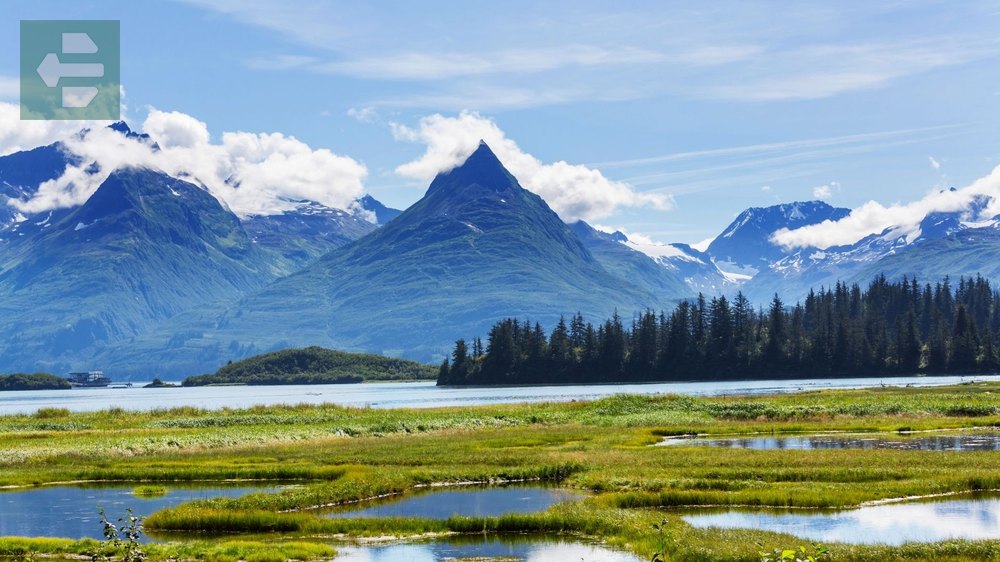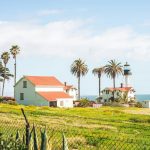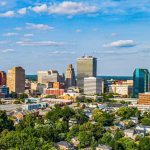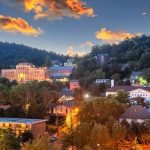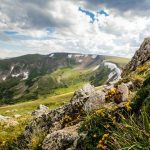Alaska stretches across 663,300 square miles of untamed wilderness, offering everything from towering glaciers to vast national parks. The best places to visit in Alaska include Denali National Park, Glacier Bay, Kenai Fjords, and vibrant cities like Anchorage and Juneau.
Keep reading as we explore Alaska's most remarkable destinations that will transform your understanding of America's last frontier.
List of Contents
- 1. Denali National Park and Preserve: Six Million Acres of Silence
- 2. Glacier Bay National Park and Preserve: Where Ice Meets Ocean
- 3. Kenai Fjords National Park: Ice Age Landscapes
- 4. Anchorage: Alaska's Urban Gateway
- 5. Juneau: Capital Without Roads
- 6. Wrangell-St. Elias National Park and Preserve: America's Largest Park
- 7. Katmai National Park and Preserve: Brown Bear Paradise
- 8. Fairbanks: Northern Lights Capital
- 9. Seward: Gateway to Kenai Fjords
- 10. Ketchikan: Salmon Capital of the World
- 11. Sitka: Russian America's Former Capital
- 12. Talkeetna: Climber's Base Camp
- 13. Admiralty Island: Fortress of Bears
- 14. Misty Fjords National Monument: Alaska's Yosemite
1. Denali National Park and Preserve: Six Million Acres of Silence
Denali spans more than six million acres of untouched wilderness and is home to North America's tallest peak. The only road into the park stretches 92 miles, with private cars restricted beyond Mile 15—making the journey a slow, immersive experience.
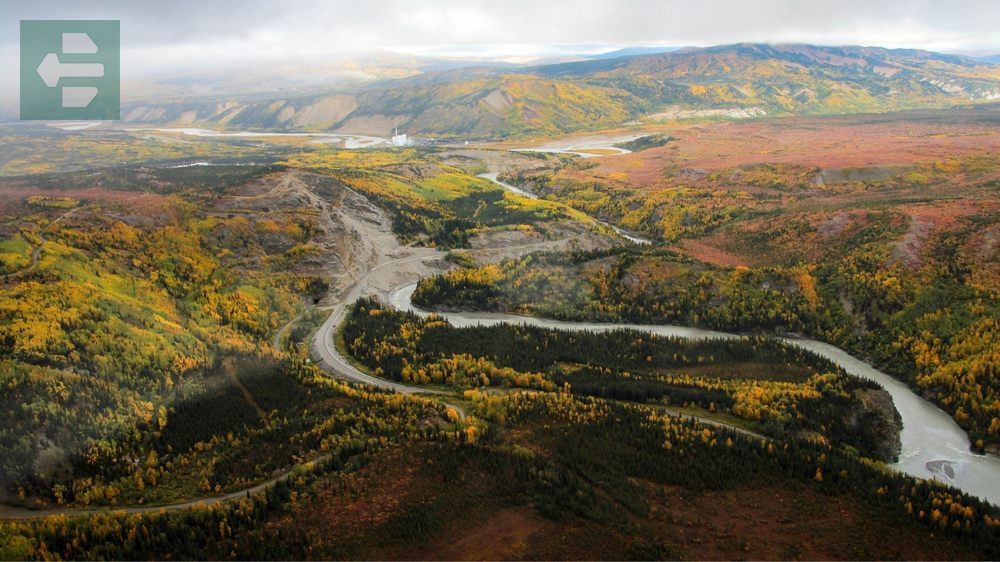
Wildlife sightings define the Denali experience. Wolves, moose, and grizzlies roam freely across the tundra. Bring binoculars and extra batteries since cell service disappears after the entrance.
The park shuttle system runs from late May through mid-September. Each bus becomes a mobile wildlife viewing platform where passengers share excitement over every distant caribou.
Quick Facts:
- Peak Season: June-August
- Access: Fly to Fairbanks, drive 120 miles south
- Entry Fee: From $15 per person
- Suggested Stay: 2-3 days
- Key Areas: Wonder Lake, Savage River, Eielson Visitor Center
2. Glacier Bay National Park and Preserve: Where Ice Meets Ocean
Glacier Bay protects 3.3 million acres where sixteen tidewater glaciers flow directly into the sea. The park can only be reached by boat or plane—no roads penetrate this wilderness.
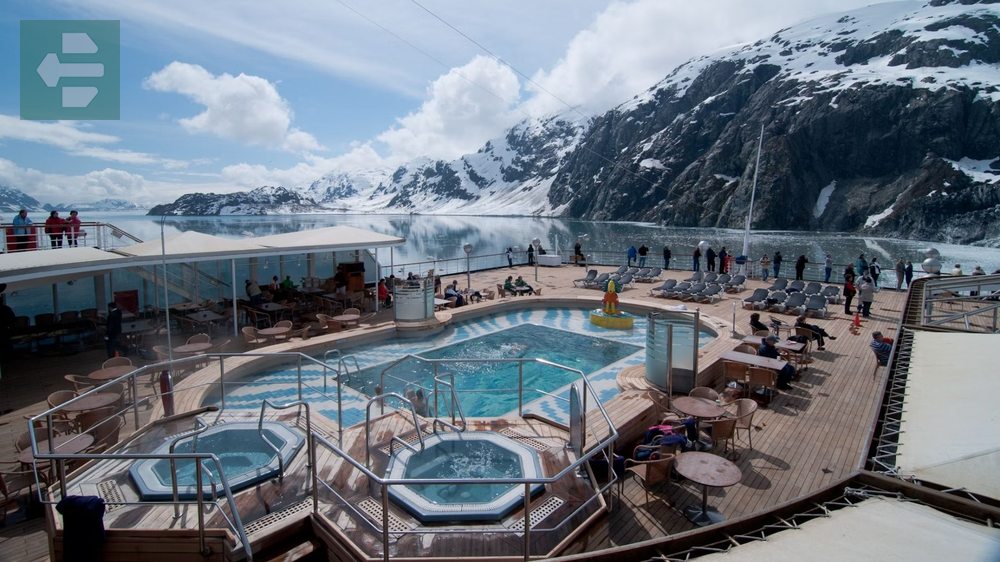
Humpback whales breach in waters that were solid ice just 200 years ago. The glacial retreat here happens fast enough to witness within a single lifetime.
I once watched a glacier calve from the deck of a small boat. The thunderous crack echoed across the bay seconds before house-sized chunks crashed into the water. That sound stays with you.
Quick Facts:
- Peak Season: May-September
- Access: Fly or cruise from Juneau
- Entry Fee: Free (boat/plane fees separate)
- Suggested Stay: 1-2 days via cruise
- Key Areas: Margerie Glacier, Johns Hopkins Inlet, Bartlett Cove
3. Kenai Fjords National Park: Ice Age Landscapes
The Harding Icefield covers 700 square miles and feeds more than 30 glaciers that flow toward the sea. This park showcases Alaska's ice age geography in real time.
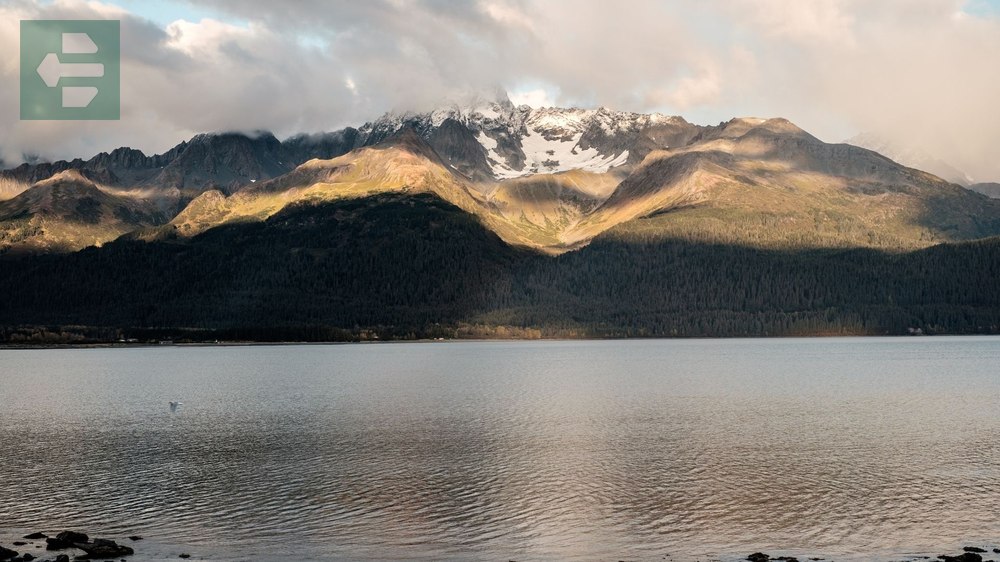
Exit Glacier offers the most accessible glacial viewing in Alaska. A paved trail leads to within 100 yards of the glacier's terminus. Signs along the path mark where the ice stood in previous decades—a timeline of retreat.
Boat tours from Seward navigate between floating icebergs while sea otters float on their backs, using their bellies as dinner tables.
Quick Facts:
- Peak Season: May-September
- Access: Drive from Anchorage to Seward (125 miles)
- Entry Fee: Free
- Suggested Stay: 1-2 days
- Key Areas: Exit Glacier, Harding Icefield, Resurrection Bay
4. Anchorage: Alaska's Urban Gateway
Anchorage houses 40% of Alaska's population while maintaining easy access to wilderness. Moose wander through neighborhoods, and the Chugach Mountains rise directly behind downtown.
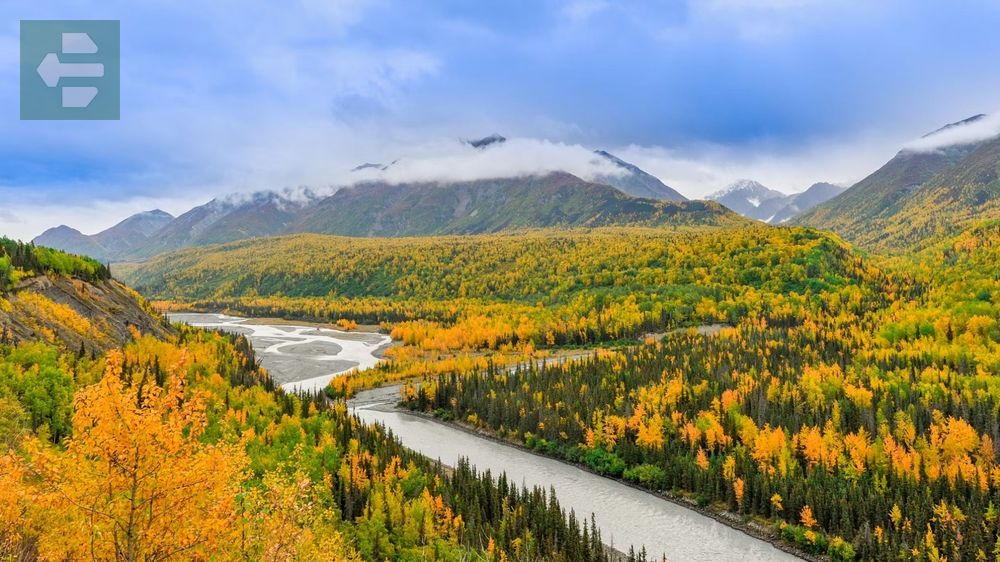
The Tony Knowles Coastal Trail stretches 11 miles along Cook Inlet, connecting downtown to Kincaid Park. Beluga whales swim in the inlet waters while cyclists and runners share the paved path above.
Local tip: Visit the Saturday Market during summer months. Vendors sell everything from reindeer sausage to Native crafts, and it's where locals actually shop.
Quick Facts:
- Peak Season: May-September
- Access: Ted Stevens International Airport
- Entry Fee: Free
- Suggested Stay: 2-3 days
- Key Areas: Downtown, Ship Creek, Earthquake Park, Alaska Native Heritage Center
5. Juneau: Capital Without Roads
Juneau can only be reached by air or sea—no roads connect Alaska's capital to the outside world. The Mendenhall Glacier flows within 12 miles of downtown, making it one of the most accessible glaciers in Alaska.
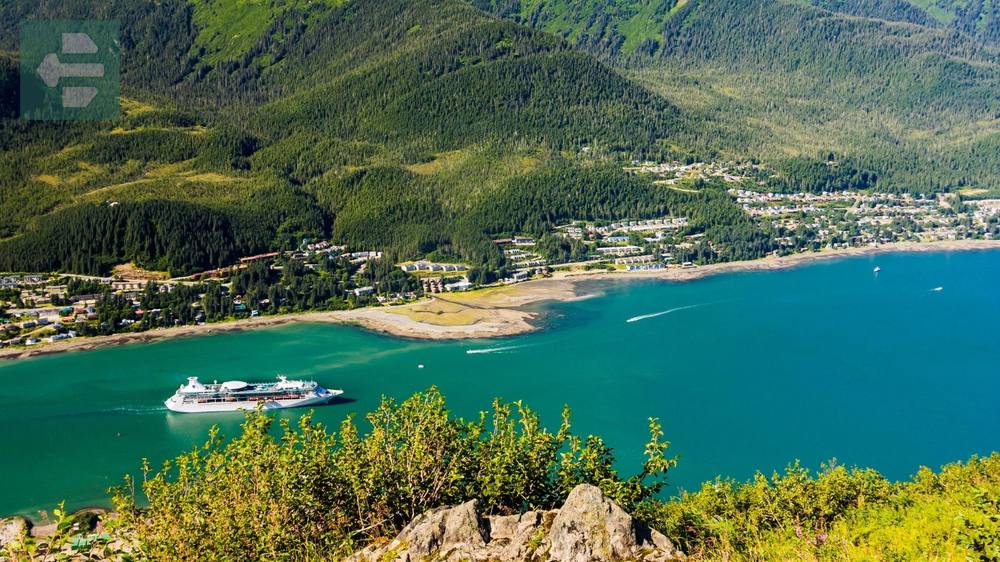
The Mount Roberts Tramway lifts visitors 1,800 feet above sea level in six minutes. At the top, trails lead through alpine meadows where black bears forage for blueberries.
Juneau's downtown stretches along a narrow strip between mountains and sea. Gold Rush-era buildings house modern restaurants where king crab legs arrive fresh from local waters.
Quick Facts:
- Peak Season: May-September
- Access: Fly or cruise ship only
- Entry Fee: Free
- Suggested Stay: 2-3 days
- Key Areas: Mendenhall Glacier, Mount Roberts, Douglas Island, Gastineau Channel
6. Wrangell-St. Elias National Park and Preserve: America's Largest Park
At 13.2 million acres, Wrangell-St. Elias equals the size of Yellowstone, Yosemite, and Switzerland combined. Four mountain ranges converge here, creating the largest collection of peaks above 16,000 feet in North America.

Only two rough roads penetrate the park's edges. The McCarthy Road follows an abandoned railroad bed for 60 miles, ending at one of Alaska's most authentic frontier towns.
Root Glacier offers guided ice walks where visitors strap on crampons and explore blue ice formations. The glacier moves slowly enough that crevasses remain stable for hiking.
Quick Facts:
- Peak Season: June-August
- Access: Drive McCarthy Road from Chitina
- Entry Fee: Free
- Suggested Stay: 2-4 days
- Key Areas: McCarthy, Kennecott, Root Glacier, Mount St. Elias
7. Katmai National Park and Preserve: Brown Bear Paradise
Katmai protects the world's largest population of brown bears, with over 2,000 individuals living within park boundaries. Brooks Falls becomes a bear highway during salmon runs.

The viewing platforms at Brooks Falls offer front-row seats to nature's most impressive fishing display. Bears position themselves at the waterfall's edge, catching salmon that leap upstream.
July brings peak salmon runs when dozens of bears fish simultaneously. September offers different viewing as bears prepare for winter, focusing on spawning salmon in the lower river.
Quick Facts:
- Peak Season: June-September
- Access: Fly from Anchorage to King Salmon, then air taxi
- Entry Fee: Free (flight costs separate)
- Suggested Stay: 1-3 days
- Key Areas: Brooks Falls, Valley of Ten Thousand Smokes, Naknek Lake
8. Fairbanks: Northern Lights Capital
Fairbanks sits beneath the aurora oval, making it one of Earth's best places to witness the northern lights. Clear, cold winter nights from September through March offer optimal viewing conditions.
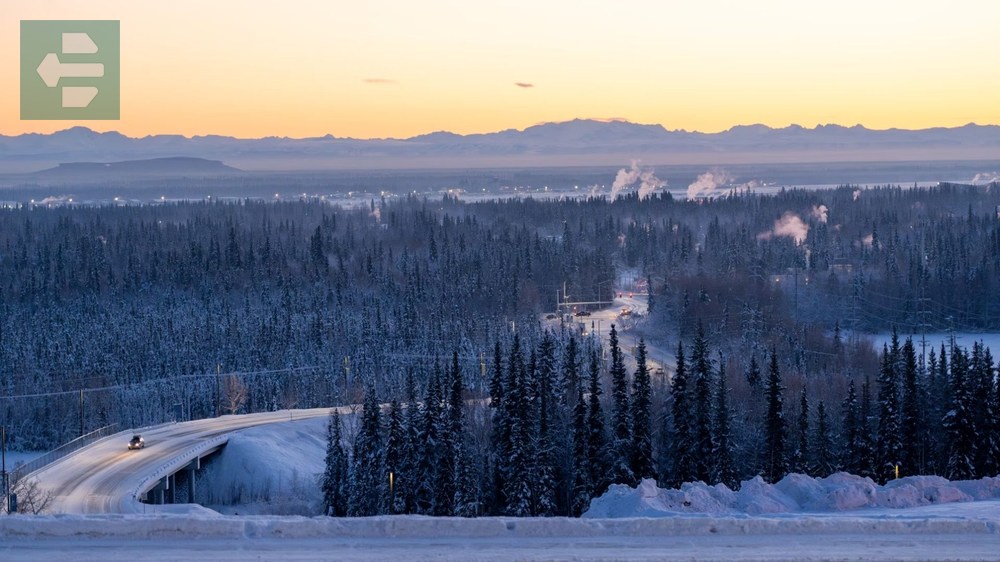
The city serves as the jumping-off point for Arctic adventures. Dog mushing tours operate year-round, using wheeled carts in summer and traditional sleds in winter.
University of Alaska Fairbanks houses the Museum of the North, where visitors can touch a 36,000-year-old mummified steppe bison discovered in permafrost.
Quick Facts:
- Peak Season: March-April, September-October (aurora); June-August (general)
- Access: Fairbanks International Airport
- Entry Fee: Free
- Suggested Stay: 2-4 days
- Key Areas: Chena Hot Springs, Riverboat Discovery, Trans-Alaska Pipeline, Aurora viewing areas
9. Seward: Gateway to Kenai Fjords
Seward occupies a dramatic setting where Resurrection Bay cuts deep into the Kenai Mountains. This small port town serves as the launching point for Kenai Fjords National Park boat tours.
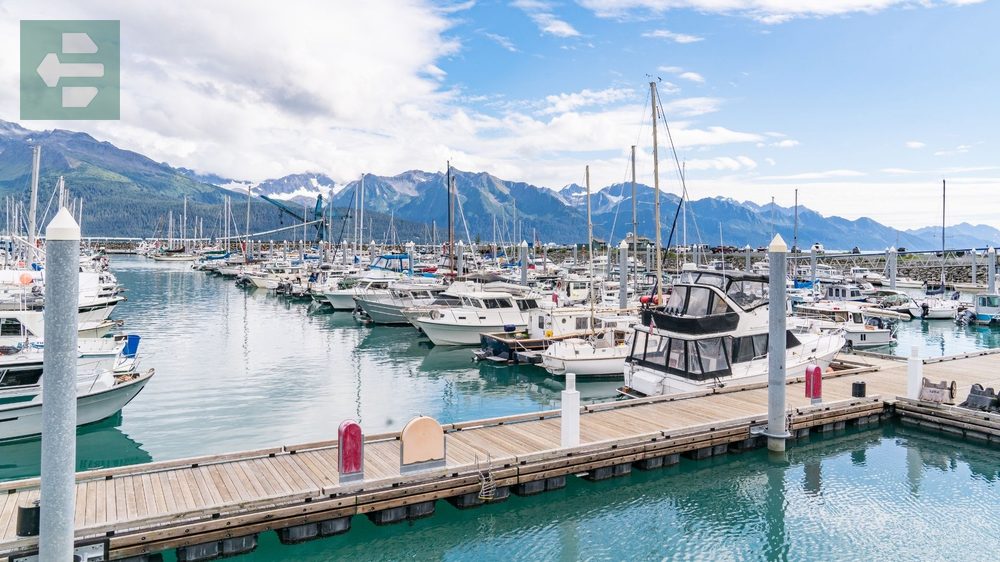
The Alaska SeaLife Center combines research facility with public aquarium. Visitors can watch Steller sea lions swim through massive tanks while learning about marine ecosystem rehabilitation.
Mount Marathon towers 3,022 feet directly above downtown. Every July 4th, runners race to the summit and back in one of Alaska's oldest sporting events.
Quick Facts:
- Peak Season: May-September
- Access: Drive from Anchorage (125 miles)
- Entry Fee: Free
- Suggested Stay: 1-2 days
- Key Areas: Alaska SeaLife Center, Resurrection Bay, Exit Glacier access, Mount Marathon
10. Ketchikan: Salmon Capital of the World
Ketchikan clings to the mountainsides above the Tongass Narrows, connected by a network of staircases and wooden walkways. The town processes more salmon than anywhere else on Earth.
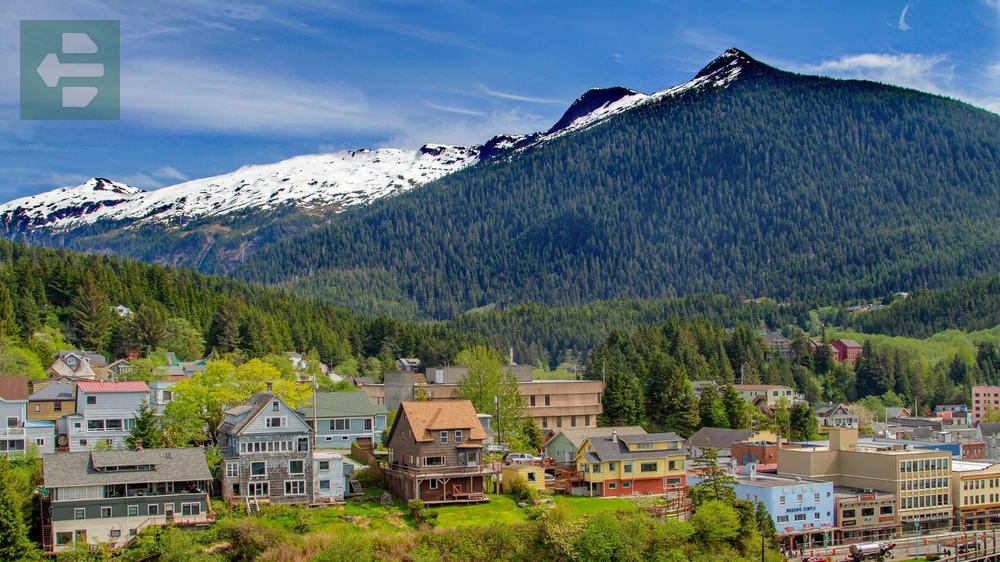
Creek Street balances on stilts above Ketchikan Creek, where thousands of salmon return each summer to spawn. The boardwalk was once the red-light district, now transformed into shops and galleries.
Totem poles throughout the city tell stories of Tlingit, Haida, and Tsimshian cultures. The Totem Heritage Center preserves 19th-century poles recovered from abandoned villages.
Quick Facts:
- Peak Season: May-September
- Access: Fly or cruise ship
- Entry Fee: Free
- Suggested Stay: 1-2 days
- Key Areas: Creek Street, Totem Bight State Park, Misty Fjords flightseeing, Saxman Native Village
11. Sitka: Russian America's Former Capital
Sitka blends Russian colonial history with Tlingit culture in a setting that faces the open Pacific. Onion-domed St. Michael's Cathedral anchors the downtown historic district.
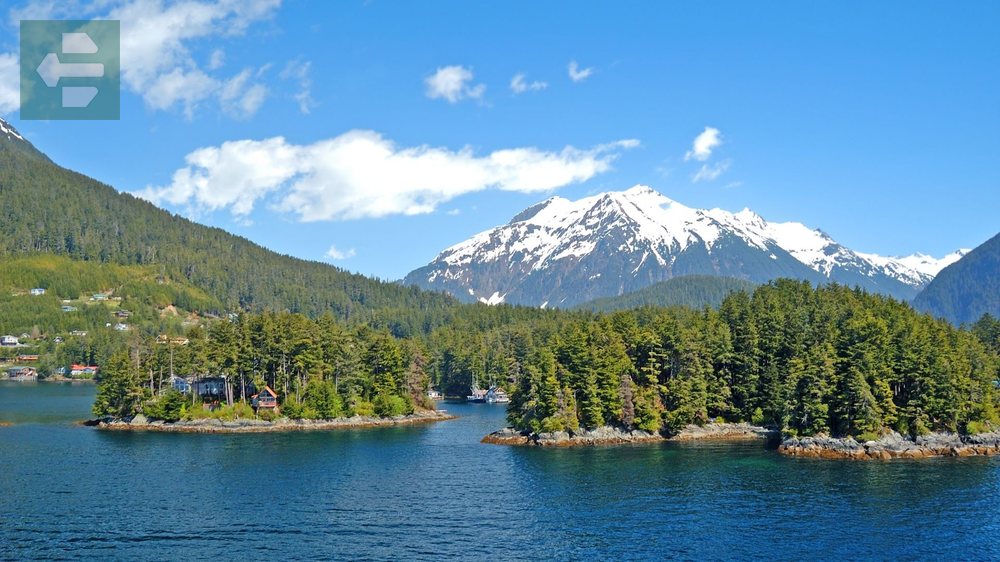
The Sitka National Historical Park protects the site of the 1804 Battle of Sitka along a coastal trail lined with totem poles. Tlingit artisans demonstrate traditional carving and weaving techniques in the visitor center.
Local secret: Walk the Indian River Trail early morning when the light filters through old-growth forest. The 5.5-mile trail gains minimal elevation while following a salmon stream to a waterfall.
Quick Facts:
- Peak Season: May-September
- Access: Fly or cruise ship
- Entry Fee: Free
- Suggested Stay: 1-2 days
- Key Areas: Russian Bishop's House, Sitka National Historical Park, Mount Edgecumbe, Silver Bay
12. Talkeetna: Climber's Base Camp
Talkeetna maintains the laid-back atmosphere of a 1960s frontier town while serving as base camp for Denali climbing expeditions. The village sits at the confluence of three rivers with unobstructed views of Denali.
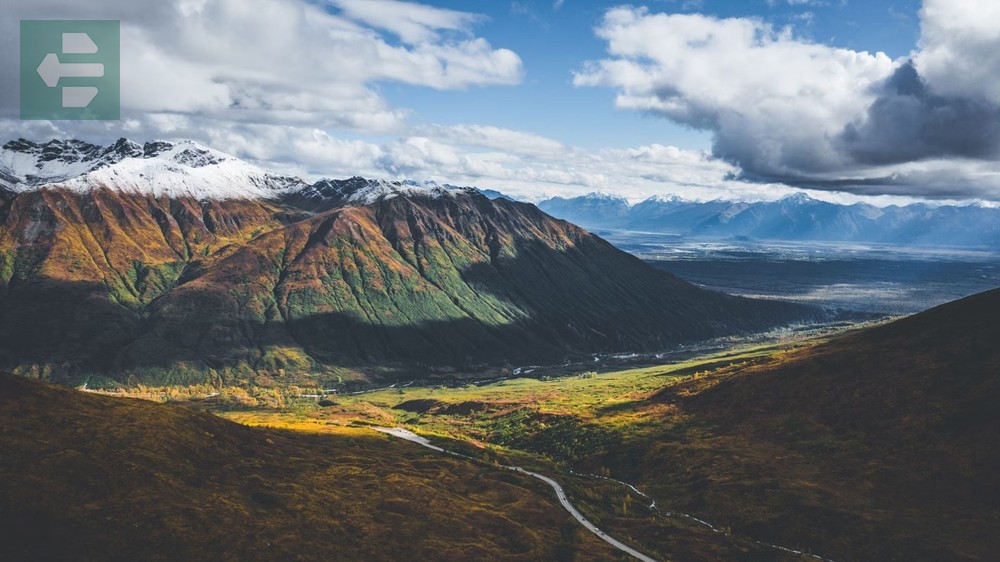
Flightseeing tours from Talkeetna's airstrip circle Denali's peaks and land on glaciers. Small planes navigate between 20,000-foot peaks, offering perspectives impossible from ground level.
The Talkeetna Roadhouse serves sourdough pancakes made from 100-year-old starter. Their breakfast portions could fuel a climbing expedition—and often do.
Quick Facts:
- Peak Season: May-September
- Access: Drive from Anchorage (115 miles)
- Entry Fee: Free
- Suggested Stay: 1-2 days
- Key Areas: Talkeetna River, Denali flightseeing, Historic downtown, Susitna River
13. Admiralty Island: Fortress of Bears
Admiralty Island supports the highest density of brown bears in North America—roughly one bear per square mile across 1,600 square miles. The Tlingit name “Kootznoowoo” means “fortress of bears.”

Pack Creek offers guided bear viewing from designated areas. Unlike other locations, bears here fish for salmon while largely ignoring human observers positioned 50 yards away.
The island contains more brown bears than the entire lower 48 states combined. Old-growth temperate rainforest covers 95% of the land, creating perfect bear habitat.
Quick Facts:
- Peak Season: July-September
- Access: Fly or boat from Juneau
- Entry Fee: Free (guided tour fees separate)
- Suggested Stay: Day trip
- Key Areas: Pack Creek, Angoon village, Admiralty Island National Monument
14. Misty Fjords National Monument: Alaska's Yosemite
Misty Fjords carves granite cliffs rising 3,000 feet directly from tidewater. Waterfalls cascade down vertical faces into fjords that cut 20 miles inland.

Seaplane tours navigate between towering walls while eagles soar at eye level. The granite formations rival Yosemite's scale but remain virtually untouched by human development.
New Eddystone Rock pierces the surface like a stone needle, standing 237 feet tall. Cormorants and puffins nest on its narrow ledges while seals haul out on the surrounding rocks.
Quick Facts:
- Peak Season: May-September
- Access: Fly or boat from Ketchikan
- Entry Fee: Free
- Suggested Stay: Day trip
- Key Areas: Rudyerd Bay, Walker Cove, New Eddystone Rock, Punchbowl Cove
Alaska rewards those who venture beyond the familiar. These fourteen destinations represent just the beginning of what America's largest state offers.
Pack layers. Bring curiosity. Leave room in your camera for more photos than you planned.
The best places to visit in Alaska don't just showcase natural beauty—they remind you what wilderness actually means. Your perspective on space, silence, and scale will never be quite the same.
Start planning. Alaska waits for no one, but it remembers everyone who makes the journey.
